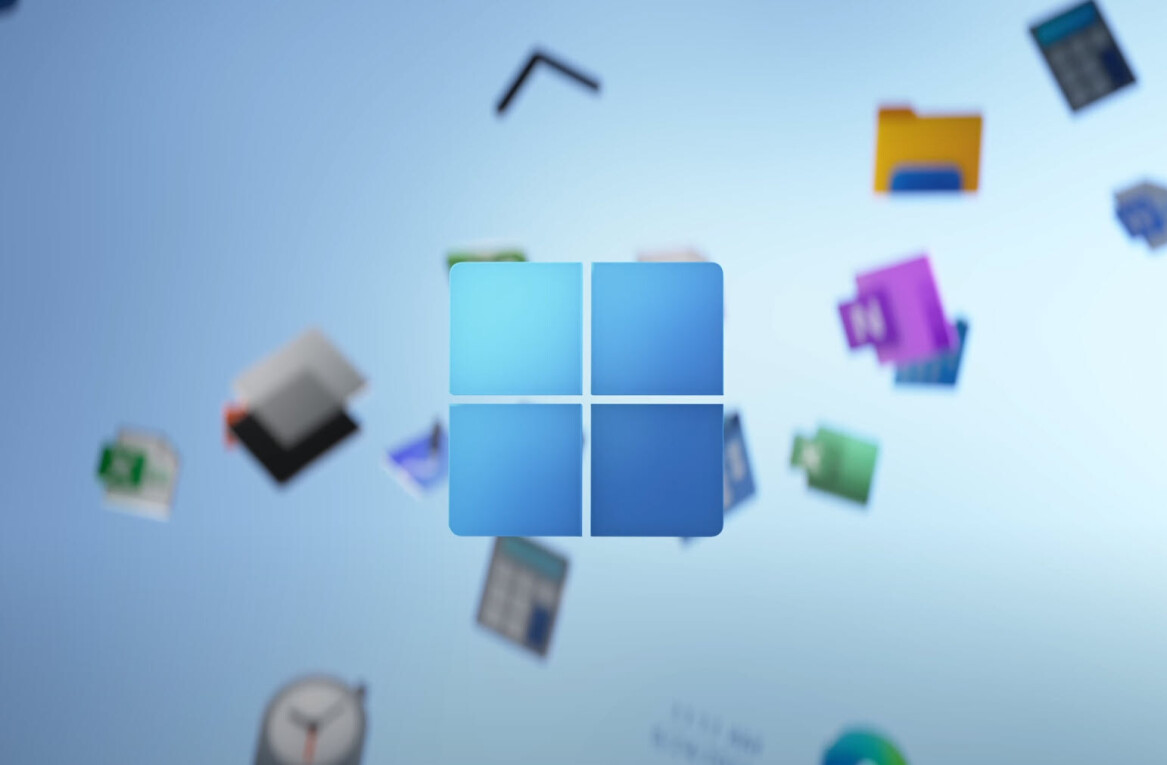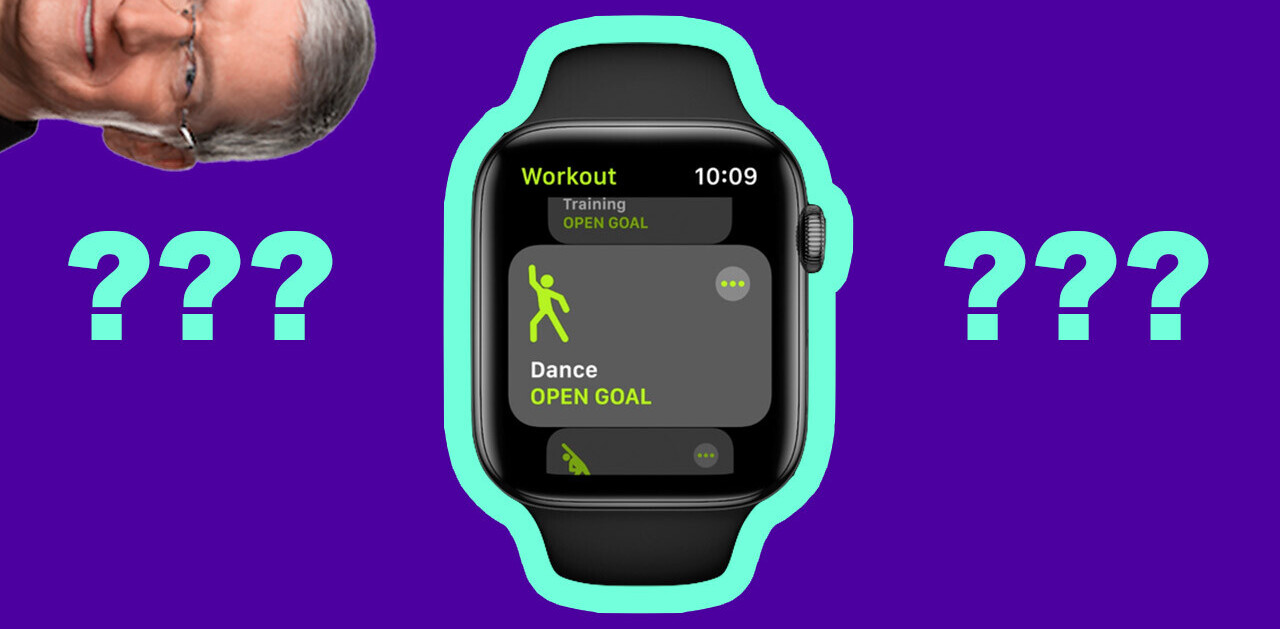
Each week we’re profiling one company that has been selected for Boost – our early-stage startup growth program. Catch up with these companies in person at The Next Web Conference in Amsterdam on May 26-27.
The ‘smart home’ has made great strides forward in recent years, but there are still basic problems that can leave you in two minds about embracing the Internet of Things.
What if there’s a power cut? What if your Wi-Fi goes down? Will your home keep working as it should? Ceco Home from Finland’s iSocket Systems could allay these fears. It’s a connected home monitoring system that uses 3G to communicate with the outside world.
Plug a Ceco Home device into a power socket in your home and it will act as a unified messaging platform for your Thread-compatible Internet of Things devices. Here’s how it works
Ceco Home promotional video
Ahead of iSocket Systems’ participation in our Boost program at TNW Conference Europe 2016 in May, we asked the company’s CEO, Denis Sokol, to tell us more…
Tell us what you do in two sentences.
We send prompt and reliable notifications about problems in users’ homes – this is what we do.
How did the company come about? What’s your background?
I have been an entrepreneur all my life. I created my first IT company at the age of 21 and sold it soon after I moved to Finland eight years ago.
One day in 2008 I wanted to be informed when the power failed in my cottage – to be able to act immediately and avoid pipes freezing in the house in the winter. I also wanted to turn on extra heating remotely.
I could not find any solution for either of these problems, especially not an elegant solution, like a simple ‘plug and play’ socket. So I decided to design my own. I sold my previous business and focused on the new project.
Thus, in 2010 we introduced a new term to the world – ‘Smart Socket.’ We called the plug iSocket – we reckoned they were “intelligent sockets”. Folks call them Smart Plugs now. There are plenty of smart plugs on the market now: Belkin WeMo, D-Link, etc. Smart Plugs are a new class of equipment now – a new category. But who created this trend or this category? Well… actually we did.
We started slowly – very slowly. No exhibitions, no Boost programs, no contests, no social activity, and no VCs. I hadn’t even registered the entity and it was entrepreneurial activity. I thought I could do it all with my own money and I didn’t want to invite anyone to whom I would have to report. Actually, I knew nothing about VCs until 2015. I was just enjoying creating new products and seeing these raise interest among people all over the world.
Thus, for almost five years all we were doing was just selling hardware – different models of iSockets and sensors to solve different customers’ problems: reporting power failures, water leaks, gas leaks, break-ins, temperature changes, etc.
We had almost got going when, suddenly… Aliexpress – everyone could buy a piece of hardware for cents, distributors were not interested in volume anymore, and plenty of WiFi plugs become available on the market. In 2014 I decided: 1) we have to go directly to customers, 2) we must build a service around our hardware. This was my first discovery – a bit late, but better later than never.

Then… I haven’t mentioned yet that our iSockets are cellular. Otherwise how else would you get a reliable alert? Or how could you get an alert at all if Wi-Fi fails? Or if power fails? Or how could you reboot your Wi-Fi router? We were focused on cellular technology to deliver prompt notifications.
We began when Wi-Fi was not common in homes. Now that Wi-Fi has become the standard for internet connection in today’s home, I believe that it will not be the standard for a smart home and I also believe that the cellular network will continue to play an important role in the IoT, particularly in smart homes. I found that telcos now have a lot of problems as IoT becomes more popular. And the biggest problem is – they are simply losing their customers, because customers are no longer loyal.
In 2015 I decided: we should address these problems since we are in the smart home market and we have extensive experience in cellular technology.
The next thing I noticed is that the DIY market was gaining traction – e.g. SmartThings, who didn’t actually offer really innovative products when they started their Kickstarter campaign, because the problem their products solved at that time had already been solved by our products – include water leaks. But the really new thing they offered was a kind of ecosystem for developers. If you analyze their campaign, you will see that many pledges were for features for developers. This was a definite signal for me. This was my third discovery.
Around about the same time I met Thread – the new, I would say revolutionary, protocol for smart homes from such companies as Nest, Samsung, and Yale. That was so well timed! Thread was created for connecting things inside the home in a really smart, innovative, secure way with the motto “no single point of failure.”
http://youtu.be/0v95t3jtktI
Thread Group promotional video
Well, things are connected, but how to get them out online to the Internet? Via Wi-Fi? What if Wi-Fi fails or power fails? You can’t get in touch with your home. This is the failure for consumers – never mind what engineers call things. I decided: we must join the Thread Group and we must address this problem too, because we know how to do it. This was my last discovery. I decided to join via the Thread Group’s Innovating Program and we won!
Having analyzed all these factors I decided to create a new market of Cellular Connected Homes and create an ecosystem for that. I called this ecosystem Ceco Home. I believe we become startup with this new project in 2015 again. While this ecosystem partly consists of previous products, it is in fact the new project.
This new ecosystem will be interesting for all players on IoT market: consumers, developers, telecom providers, DIY enthusiasts, and business customers too. The Ceco Home ecosystem has already been declared the winner of the Innovation Enabler Program by the Thread Group among hundreds of candidates and was chosen to be the finalists of the IOT / M2M Innovation World Cup 2015/16 among 400 candidates from 58 countries – and we hope to get more nominations and awards in the future.
Our main goal now is to gather community and we hope that Boost Program and TNW Conference will provide us a really good opportunity for that.
Who are your biggest rivals, and why are you different?
If we talk about products, most smart home companies, include biggest rivals such as SmartThings or Iris have components that they call devices for smart homes that are all similar. Most smart home and IoT companies are focused on Wi-Fi and have similar reliability and security flaws. We have developed a new global self-monitoring ecosystem that allows everyone to build an ultra-reliable, secure Smart Home that operates on any mobile network worldwide. Ceco can be used in an area where Internet is not provided. Most systems, except Nest, are still confusing when it comes to configuration. Ceco is simple.
But I wouldn’t consider these companies to be competitors – I would prefer to cooperate with them. For example, our solution can be a cellular backup for Nest or SmartThings homes. For our “Thread with Cellular” solution there are actually no direct competitors yet – that’s the new market. For most players, cellular is a backup. For us cellular is the ‘main ingredient.’ That, I would say, is the main difference in the products. Well, US Cellular offer a cellular connected home in USA, but locked to their network in one relatively small region. Ceco ecosystem allows everyone to build a reliable secure smart home that operates on any mobile network.
As a company with a background in hardware we can control every process from buying just a small resistor to the shipping of the final product to the customer. Hardware, software – all is in-house developing, we do not outsource. This allows us to understand the solution we offer very well and offer quick and quality backup support to our customers. I think that make a big difference nowadays when companies must offer more than just a product to the customer.
How big is your team? Tell us one weird fact about a member of your team.
The team is small, but smart. We are team of six and we are international. I organized our working flow so that we can all work from our own base. That probably won’t work as we grow, but so far it has worked well and everyone – most importantly our customers – is satisfied.
When I need extra help on the assembly line, I just invite supplementary workers to our lab. I also expect to find new members for my team from the community that we will gather with help of TNW in Amsterdam.
Weird fact?… Hm… Well, one of the youngsters in our team does not have any profiles on any social network – no Facebook, no Twitter, no LinkedIn, etc. Does it get weirder than that? :)
If you weren’t working on this, what would you be doing?
I can’t imagine myself doing anything else. I like creating new things – I’m an engineer first. I would rather be creative and watch my work being appreciated – see it help others to solve their problems – this cannot be bought for any money. It gives me satisfaction! This is my passion.
Get the TNW newsletter
Get the most important tech news in your inbox each week.





